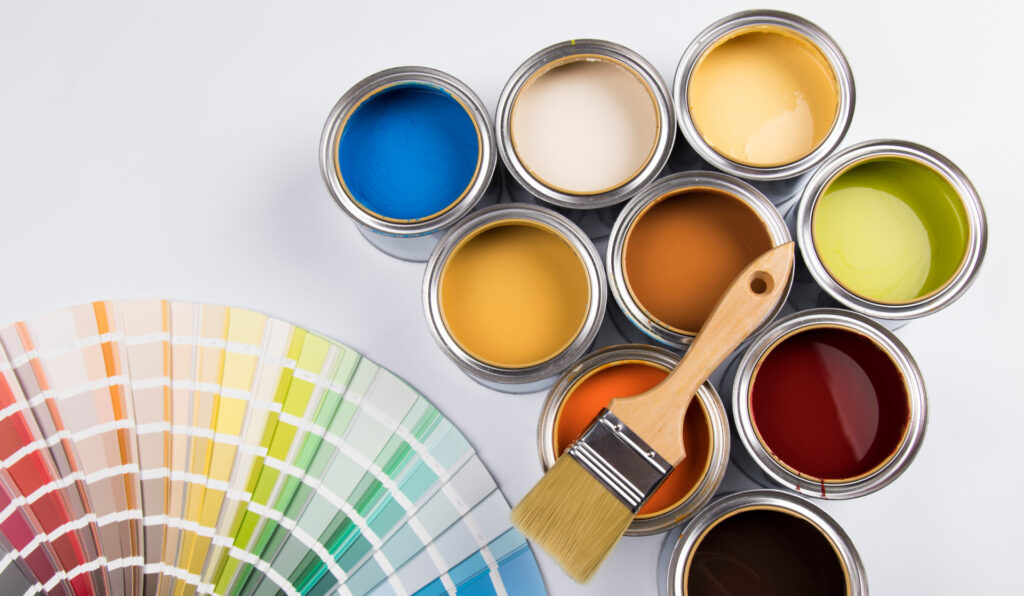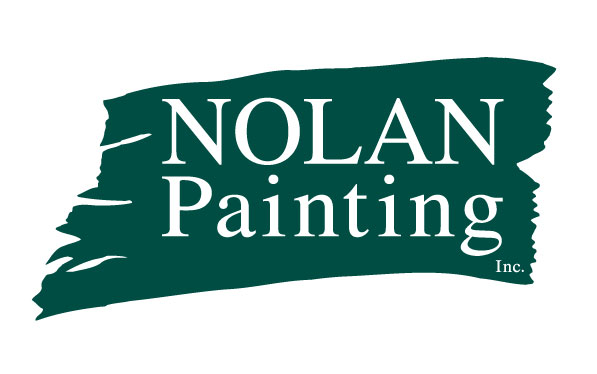The Use of Primer in Painting

How do you know when to use primer on walls and when you can go without it? Yes, primer is a pain, but it’s necessary if you want the best results under certain circumstances. Here’s a rundown of when you absolutely must use a primer. In almost all other cases, feel free to paint without primer.
Always use primer for projects like:
- Major Color Changes: Are you changing a burgundy wall to yellow? Well, you’re going to need some primer. Lighter colors rarely paint over darker colors effectively, which is why you need a primer. You may also need primer when painting a darker color over a dramatically different lighter color — you’ll certainly need more than one coat. Your new color will only look its best when a primer is used over the dramatically different base color.
- Covering Stains: Are you trying to cover up grease or cigarette smoke stains? If so, go with the primer. These marks can still be seen — or at least their outlines — after they’ve been painted over if you choose to go without primer. While it’s OK to use a primer to cover over many stains, don’t use it with mildew or mold. Mildew and mold are more serious problems that need removal before painting.
- Patched Drywall: Anytime you’re painting over repaired or patched drywall, you’ll want to use a primer first. The edges of the repairs and patches are likely to show through if you fail to use a primer. You can use primer only in the areas around the repairs if the patches are small, but if the drywall has been patched throughout, go ahead and use a primer across the entire surface.
- New Drywall or Wood Surfaces: New drywall has a reputation for soaking up paint. You can try painting three or four coats to create a nice foundation on which you can paint. Or, you can choose to use some primer instead. Use a high-quality primer, and just one coat should help close the new drywall’s pores and allow you to paint right over it without applying coat after coat. The same goes for new wood surfaces as well. A good wood primer will seal the porosity, bond better, and create a more uniform surface once the finished paint is applied.
- Oil-Based Paints: If you’re trying to paint over an oil-based foundation or some sort of glossy paint, you’ll find that a coat of primer is necessary to achieve the best results. Use a bonding primer, which will cling to the oil-based or glossy paint and provide a nice layer to which the new paint can adhere.
Contact Nolan Painting Today
At Nolan Painting, we are your source for high-quality painting service and information in the Greater Philadelphia area. Since 1979, we’ve been serving homeowners in Bucks, Chester, Delaware, Montgomery, and Philadelphia counties, helping them achieve the perfect look and feel for different rooms throughout their interiors. Decisions like whether to use primer are second nature to us, and we would be pleased to use our depth of knowledge and expertise to help you create the home you’ve always wanted.
Fill out our online contact form or call us at (610) 572-2806 with questions about painting your home today.

